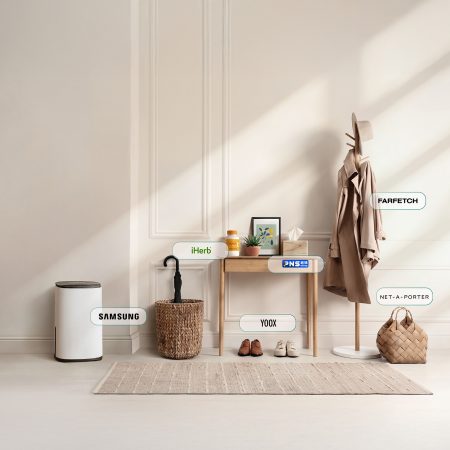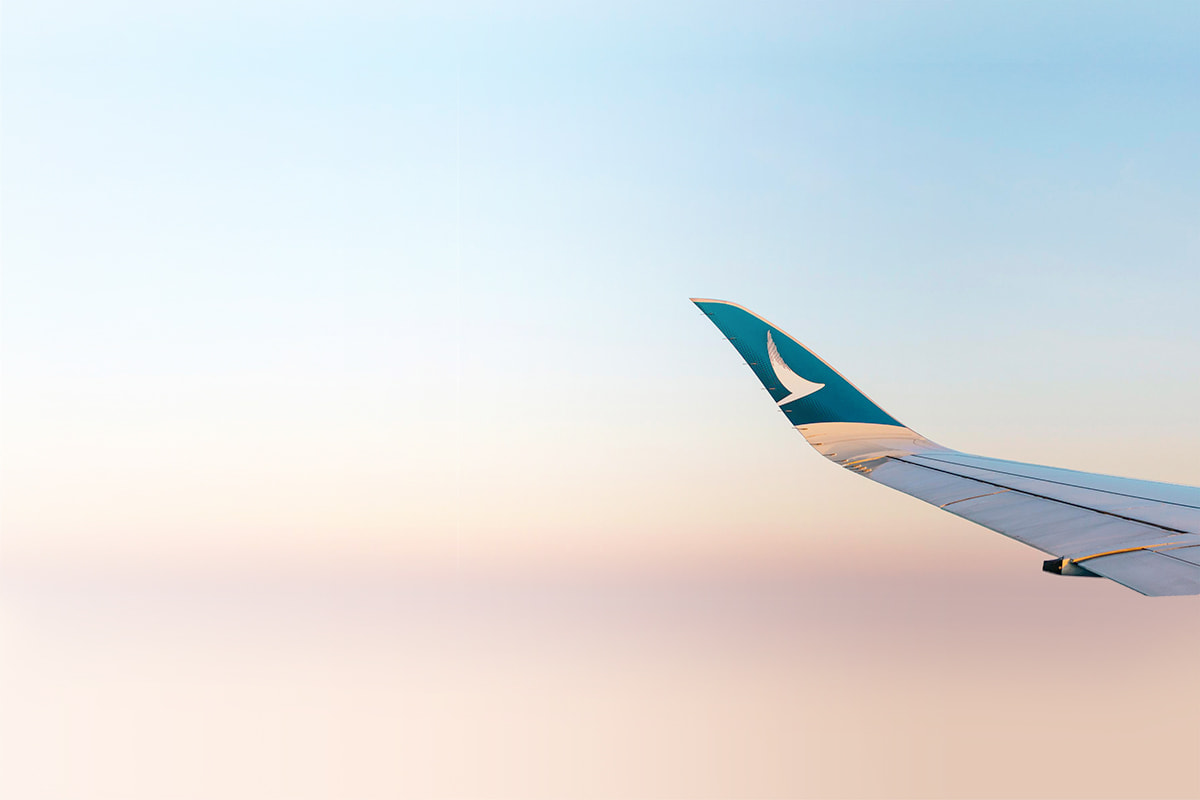Cathay Canada Accessibility Plan
Feedback on Accessibility Plan
Feedback related to accessibility can be addressed to our VP, People, Americas. Feedback can be submitted anonymously or you may provide your contact information. We will acknowledge receipt of feedback, other than anonymous feedback, in the same manner in which it was received. We welcome feedback through any of the following mechanisms:
| Mail: Vice President, People, Americas Cathay Pacific Airways Limited Canada 500 – 550 W 6th Ave Vancouver, BC V5Z 4S2 |
Email: Accessibility_Canada@cathaypacific.com Online Feedback Form: https://forms.office.com/r/HBGaeJKk2J Phone: 1-604-606-2917. Use TTY (711) for those who are deaf or hard-of-hearing. Office hours are Monday to Friday from 8:30 AM to 5:00 PM local time. |
If you would like to request copies of the Accessibility Plan, Progress Reports or a description of the feedback process in an accessible or alternate format, please contact us through any of the above channels.
The Accessible Canada Act (ACA) is a federal law that aims to find, remove and prevent barriers facing people with disabilities. The law came into effect in 2019 with the goal of creating a barrier-free Canada by 2040. The ACA defines a barrier as anything that prevents persons with disabilities from fully participating in society.
The ACA defines disabilities as impairments or functional limitations that, when combined with barriers, prevent people from fully and equally participating in society. There are several types of disabilities which include:
- Physical/mobility
- Sensory
- Intellectual/developmental
- Cognitive
- Learning
- Communication
- Mental health
Disabilities can be permanent, temporary, visible or invisible and people can have more than one disability. People experience their disabilities in different ways and everyone with a disability is unique.
Cathay Pacific Airways Canada is committed to the undertakings as required by the ACA and the Accessible Transportation for Persons with Disabilities Regulations (ATPDR) which include identifying barriers and developing and implementing actions to remove barriers in seven (7) key areas:
- Employment
- The built environment
- Information and communication technologies (ICT)
- Communication other than ICT
- The design and delivery of programs and services
- The procurement of goods, services and facilities
- Transportation
Feedback Contact
Feedback related to accessibility can be addressed to our VP, People, Americas. Feedback can be submitted anonymously or you may provide your contact information. We will acknowledge receipt of feedback, other than anonymous feedback, in the same manner in which it was received. We welcome feedback through any of the following mechanisms:
Mail:
Vice President, People, Americas
Cathay Pacific Airways Limited Canada
500 – 550 W 6th Ave
Vancouver, BC
V5Z 4S2
Email:
Accessibility_Canada@cathaypacific.com
Online Feedback Form:
https://forms.office.com/r/HBGaeJKk2J
Phone:
1-604-606-2917. Use TTY (711) for those who are deaf or hard-of-hearing. Office hours are Monday to Friday from 8:30 AM to 5:00 PM local time.
If you would like to request copies of the Accessibility Plan, Progress Reports or a description of the feedback process in an accessible or alternate format, please contact us through any of the above channels. Cathay Pacific’s Accessibility Plan is published on Cathay Pacific’s website in a format that meets the requirements for Level AA conformance under the Web Content Accessibility Guidelines 2.1.
Accessibilty Progress Report
- China – the Chinese Mainland, Hong Kong SAR, Macao SAR and Taiwan Region
- Hong Kong SAR - English
- Chinese Mainland (China) - English
- Taiwan, China - English
- 香港特別行政區 - 繁體中文
- 中国內地 - 简体中文
- 中國台灣 - 繁體中文
- Africa
- South Africa - English
- Americas
- Canada - English
- Canada - Français
- United States - English
- Asia
- Bangladesh - English
- Korea - English
- Singapore - English
- Cambodia - English
- 한국 - 한국어
- Sri Lanka - English
- India - English
- Malaysia - English
- Thailand - English
- Indonesia - English
- Maldives - English
- ประเทศไทย - ภาษาไทย
- Indonesia - Bahasa Indonesia
- Myanmar - English
- Vietnam - English
- Japan - English
- Nepal - English
- Việt Nam - tiếng Việt
- 日本 - 日本語
- Philippines - English
- Australasia
- Australia - English
- New Zealand - English








